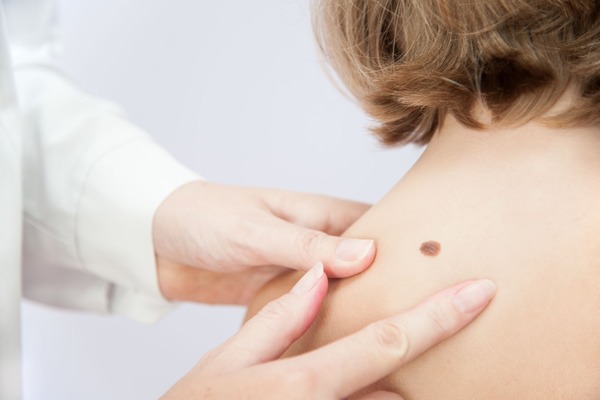
Welcome to our space. Today, we turn our attention to a topic that often raises eyebrows – warts. With input from esteemed dermatologists like Dr. Wendy Long Mitchell, we lay out a simple, easy-to-follow guide on managing warts. This misunderstood skin condition is common. But understanding and managing it doesn’t have to be a nightmare. Let’s dive right in.
Understanding Warts
Warts are small, rough growths on the skin. They are caused by a virus – the human papillomavirus (HPV). They can appear anywhere on the body. But they are most common on the hands and feet. Warts are contagious. They spread through direct contact or by touching an object used by a person with the virus. You can also get warts from sharing towels or razors.
Types of Warts

There are several types of warts. They are classified based on their appearance and location on the body. Know more about them from the table below:
| TYPE | APPEARANCE | LOCATION |
| Common wart | Round, rough surface | Hands, knees |
| Plantar wart | Hard, flat surface | Feet |
| Flat wart | Small, flat surface | Face, thighs |
Management of Warts
Warts often disappear on their own. However, they can cause discomfort or embarrassment. Treatment can help speed up their removal. The goal is to destroy the wart or stimulate an immune response to fight the virus. Common treatments include salicylic acid, cryotherapy, and laser treatment.
Home remedies can also help. Over-the-counter products with salicylic acid can be effective. But remember, patience is key. It can take several weeks or months for the wart to disappear.
Prevention of Warts
Preventing warts is better than cure. Here are some tips:
- Wash your hands regularly.
- Avoid direct contact with warts.
- Do not share towels or razors.
For more information, refer to the Centers for Disease Control and Prevention’s guide on HPV and warts. Always remember, when in doubt, consult a healthcare professional.







